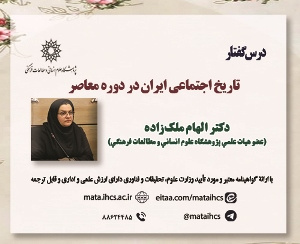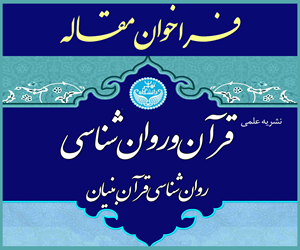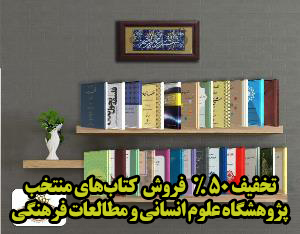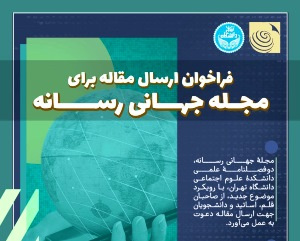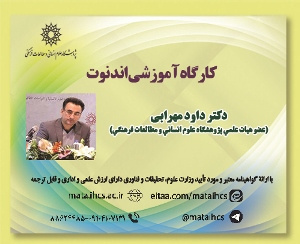جایگاه سند در اعتبارسنجی شیخ صدوق (مقاله علمی وزارت علوم)
درجه علمی: نشریه علمی (وزارت علوم)
آرشیو
چکیده
اعتبارسنجی روایات در اعصار مختلف با تفاوت هایی همراه بوده است. متأخران شیعه از زمان علامه حلی، اولین مرحله از بررسی روایات را سنجش سندی قرار داده اند، همین امر موجب ضعف تعداد قابل توجهی از روایات شده است؛ ازاین رو محدثان متقدم، به تساهل در بررسی های سندی روایات متهم گردیده اند. پژوهش حاضر با روش توصیفی تحلیلی، میزان و نحوه به کارگیری بررسی های سندی را در نزد شیخ صدوق مورد مطالعه قرار داده است. در نزد صدوق، بعد از بررسی های کتاب شناسی، سنجش سندی بر سنجش متنی اولویت داشته است. وی در بررسی های سندی، به اتصالات سند، مذهب، وثاقت و عدم انفراد راوی توجه کرده است. وی کذب و وضع را سبب بی اعتباری روایت دانسته، اما سایر ضعف های سندی را تنها در صورت تعارض موجب طرد روایت برشمرده است. در صورت حکم بر صحت سند حتی در حالت تعارض نیز حکم بر طرد روایت نداده و آن را با تغییر دلالی پذیرفته است.The position of the sanad in the validation of Sheikh Ṣadūq
Introduction Validation of traditions in different ages has been associated with differences. The late Shiites since the time of ′Allāmi Ḥillī have considered the first stage of examining hadiths to be Isnad evaluation, this has caused the weakness of a significant number of hadiths. Therefore, the early traditionists have been accused of tasāhul in Isnad investigations of hadiths (1). One of the prolific predecessors who has many hadith works in the 4th century is Sheikh Ṣadūq, who is also accused of not paying attention to the traditions sanad in the hadiths. Therefore, examining the position of the sanad in the validation of Sheikh Ṣadūq becomes important. Materials and Methods The present study has studied the extent and manner of using sanad reviews in the presence of Sheikh Ṣadūq with a descriptive-analytical method. For this purpose, the Rijāl opinions and the validation of Sheikh Sadūq were extracted from the books of Rijāl al-Najāshī (2), al-Fihrist Sheikh Ṭūsī (3), al-Rijāl Ibn Al-Ghaḍā′irī (4), Kitāb Man lā Yahḍuruhu al-Faqīh (5), Iˈtiqādāt al-Imamīyyah (6), aL-Khisāl (7), aL-Amālī (8), ˈUyūn Akhbār al-Rizā (9), ‘Ilal al-Sharī’ah (10), Kamāl al-Dīn wa Tamām al-Ni′mah (11), Fazāil al-Ashhur al-Thalāthah (12), aL-Tawhīd (13), Maˈānī al-Akhbār (14). and by analyzing them, the method of validating a sanad with Sheikh Sadūq was obtained. Results and Discussion Giving importance to the sanad has been one of the imperatives of Hadith for Sheikh Ṣadūq This is evident in his adherence to not mixing the traditions sanad in similar traditions, choosing the most correct Isnad, and mentioning the sanad in full in most of his traditions. The existence of the title of a Rijāl and hadith critic for Ṣadūq is another confirmation of the influence of the Isnad topics in the validation of the tradition in the eyes of this hadith scholar. Its feedback is evident in the distinction of narrators, the unification of different things and the distinction of commonalities, the validation and weakening of traditions, the expression of sect, and the anonymity of the narrator in the Ṣadūq sanads. The way of the involvement of Rijālī information in the validation of Ṣadūq can be traced in two areas: Isnad factors of the validity of hadiths to Ṣadūq and Isnad factors that undermine the validity of hadiths. Ṣadūq sees the weakness of a sanad in Irsāl and Inqiṭā’ of sanad, the impossibility of meeting the narrator and the person narrated from him, And the individuality of tradition from an unreliable person, the individuality of tradition from a reliable person in case of conflict, considers the narrator's lying (absolutely) and other weakness of Rijāl or the corruption of religion under the condition of conflict. On the opposite side, the plurality of transmitters, the connection of the Isnad, mentions correct sanads as one of the Isnad factors of the validity of hadiths. In the performance of Ṣadūq, after bibliographic reviews, sanad assessment has priority over textual assessment. So that in case of textual conflict between two traditions with a valid sanad, he has not ruled that any of the conflicting parties is not correct and he has tried to accept the parties of the conflict by interpreting and carrying a narrative on the question of negation, specialization, etc. Conclusion In cases where it is clear to Ṣadūq that the tradition is falsified, he completely rejects the tradition and avoids quoting it؛ However, if it is not certain that the tradition is falsified, the weakness of the sanad alone is not the reason for rejection. In some cases, the weakness of the sanad causes the tradition to be rejected if an unreliable person is alone in narrating it, and in the second case, the tradition with a weak sanad is in conflict with the traditions with a valid sanad but without preference. Preferences such as permission and mention of the cause have been compensating for the weakness of the narrative sanad in the position of conflict. This has caused some weak narrators, narrators of the Sunni or corrupt sect to be present in the authentic sanads, but at the same time, in cases of conflict, it has been specified to reject the traditions of Sunni narrators and have a corrupt sect.
